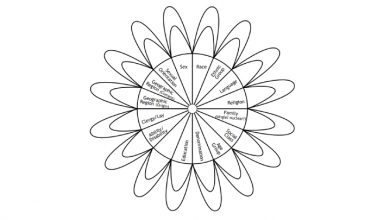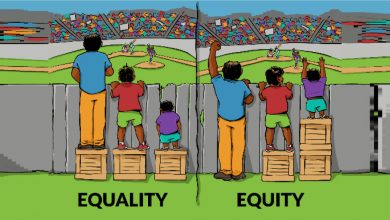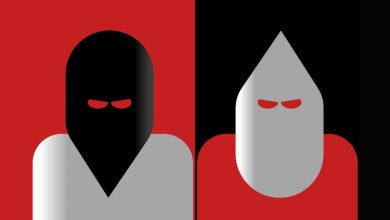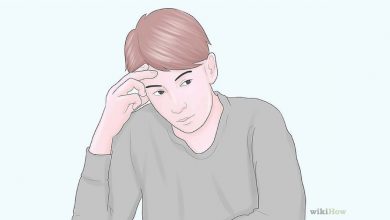Convention on the rights of the child
This tool provides a complete overview of the rights of the child, as defined by the General Assembly resolution in November 1989 and entered into force on the 2nd of September 1990. As you will see the rights of the child are more comprehensive than the general declaration of human rights, as it is understood that children need more extensive protection and care in order to grow into adults who are mentally and physically healthy and equipped with the tools they need to find their way in life.
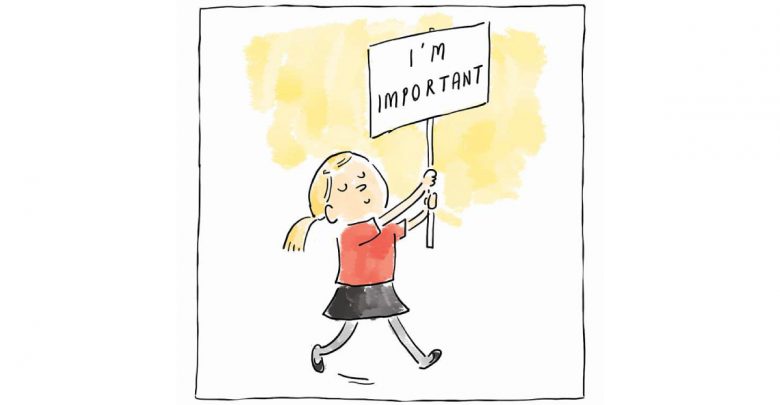
Why did I choose this tool? The overall reason is that this knowledge is essential for anyone, particularly trainers who are working directly with human rights. The more personal reason is that I wish that as a child I had been aware of these rights and that my caretakers had as well and put them into practice. In retrospect I see that a great number of these rights were not respected, and while this brings a lot of sadness it also brings the desire to ensure that as many people as possible are well versed in the rights of the child, can take action to implement them, and can take action when they see that these rights are not being respected.
How does this apply to being a trainer? It could be that you may need to implement a training on children’s rights, or it could be a topic that is embedded into a training on another topic (ex: working with less privileged youth) or it could be the knowledge that is needed when you are unexpectedly faced with a related topic. In any case, being well versed in the rights of the child and knowing how to refer to them is a useful skill and thereby included in the intercultural competence.
Main content:
Convention on the Rights of the Child
Adopted and opened for signature, ratification and accession by General Assembly resolution 44/25 of 20 November 1989
entry into force 2 September 1990, in accordance with article 49
A simplified version of the rights of the child, paraphrased from the Convention on the Rights of the Child:
Children have the right…
To a name & citizenship.
To know his or her parents.
To live with his or her parents unless it is not in his or her best interests.
To maintain contact with both parents if separated from one or both.
To be reunited with parents when possible.
To express an opinion, and to have that opinion taken into account.
To obtain appropriate information.
To meet with others and to join or set up associations.
To privacy.
To access information and material from a diversity of media sources.
To protection from abuse or neglect.
If not with family, to appropriate care, taking into account the child’s cultural background.
If mentally or physically disabled, to special care, education and training.
To the enjoyment of the highest possible standard of health.
To an adequate standard of living.
To the education that develops the child’s personality and talents.
To enjoy their own culture, to practice their own religion and to use their own language.
To rest and to engage in leisure, play and recreational activities.
To participate in cultural and artistic activities.
To be protected from child labor.
To be protected from illicit drugs.
To be protected from sexual exploitation or abuse.
To be protected from trafficking.
To protection from all other forms of exploitation prejudicial to their welfare.
To be protected from torture, cruel, inhuman or degrading treatment or punishment.
To not be made a soldier.
To be protected from armed conflict.
To be protected from pornography.
To rehabilitation, if they are a victim of violation of the rights.
To have a due process of law.
Reflection questions:
Are these rights being considered and protected in my immediate environment, and in my country?
If not, why not?
Am I aware of situations/settings where the rights of the child are not being considered and protected?
What can I do to change this?
Exercise
Research how the rights of children are being dealt with in your country or community, and whether or not there are violations of these rights happening. If there are, make a plan of action for what you can do to protect these rights and to support others in protecting them.
Closing:
Now that you are well versed in what the rights of the children are, you can decide to not remain inactive in any situation where you clearly see that the rights of the child are being violated. Action can take many different forms, from speaking up to communicating the situation to appropriate authorities for investigation, to addressing these rights as a trainer when it is necessary to do so in order to raise awareness on the topic.
“All that is necessary for the triumph of evil is that good men do nothing.” Edmund Burke

